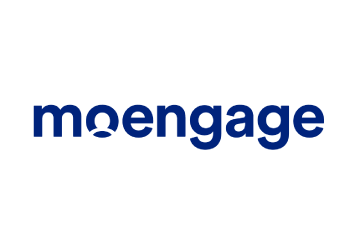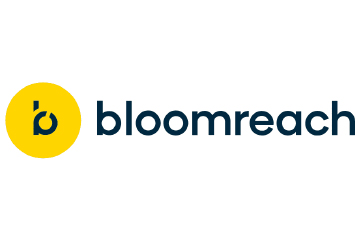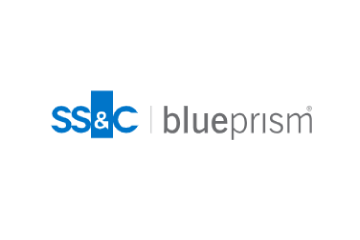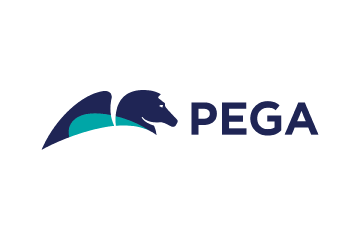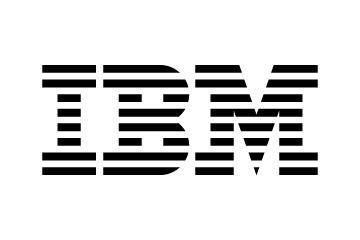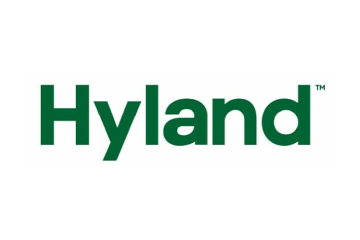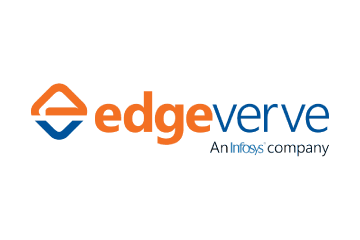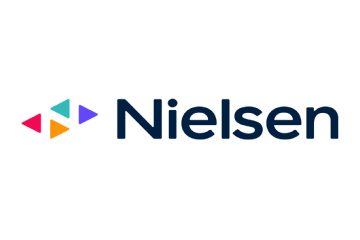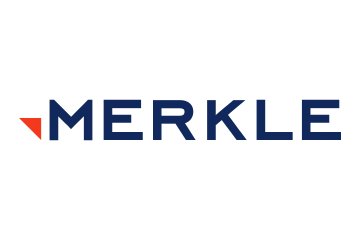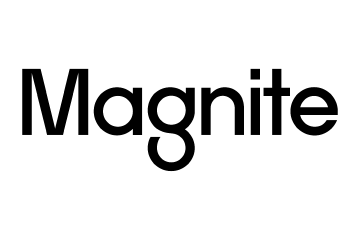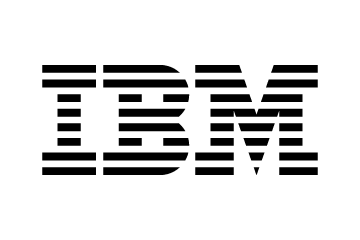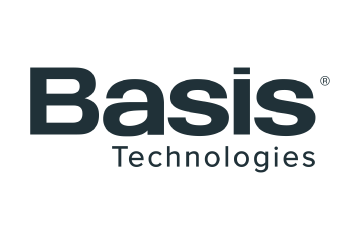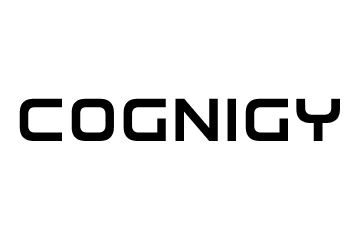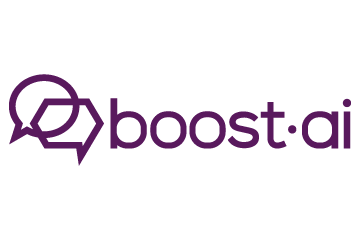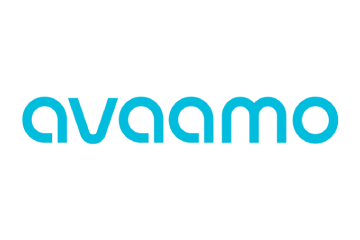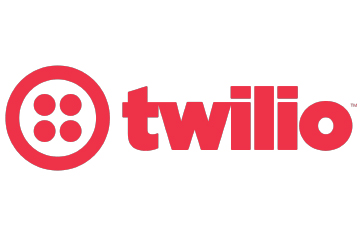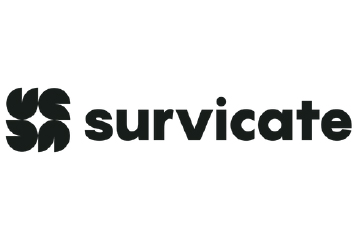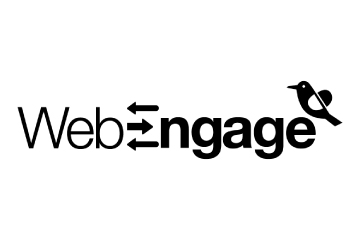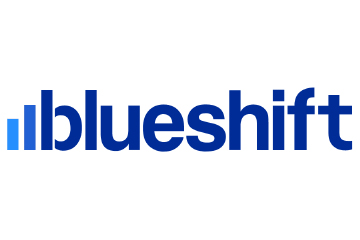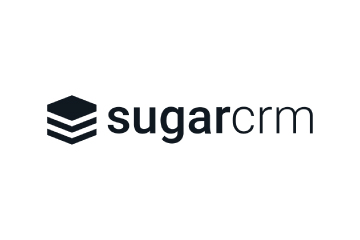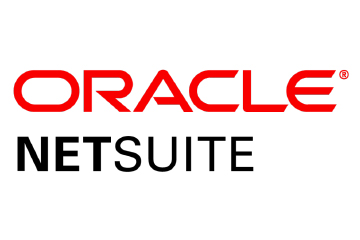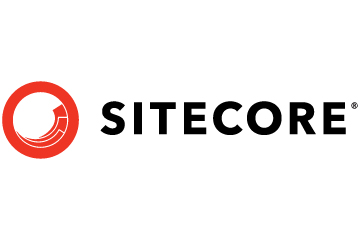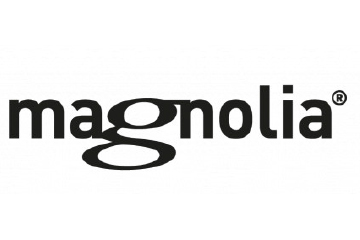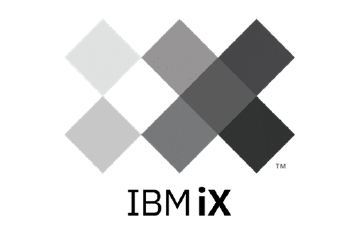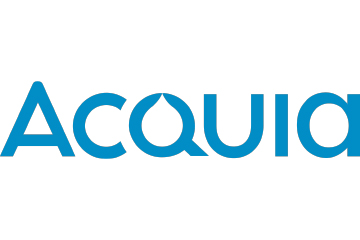Online Vs Brick-and-Mortar: Who’s Winning?
UAE reported higher brick-and-mortar purchases (85 per cent) versus online (79 per cent), in the last three months. In the UAE, in terms of market penetration, online channels still slightly lag behind brick-and-mortar. According to a survey carried out by research group YouGov, UAE reported a higher incidence of brick-and-mortar purchases (85 per cent) versus […]
Topics
What to Read Next
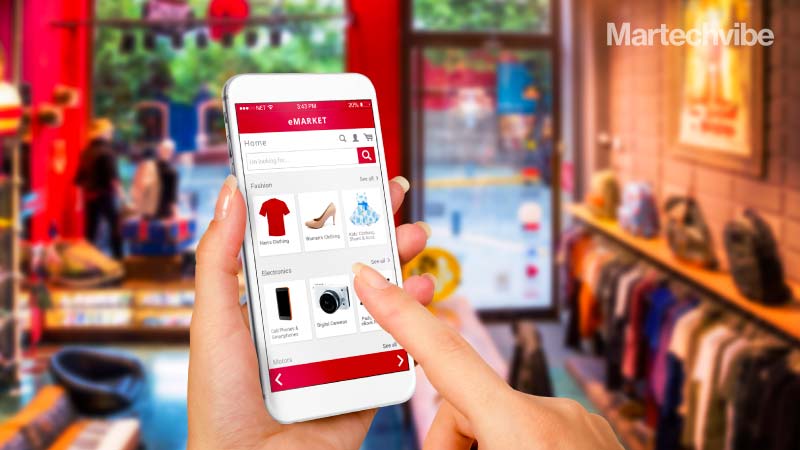
UAE reported higher brick-and-mortar purchases (85 per cent) versus online (79 per cent), in the last three months.
In the UAE, in terms of market penetration, online channels still slightly lag behind brick-and-mortar. According to a survey carried out by research group YouGov, UAE reported a higher incidence of brick-and-mortar purchases (85 per cent) versus online (79 per cent), in the last three months.
Globally, brick-and-mortar and online channels reported an average penetration across markets of 86 per cent and 81 per cent, respectively, in the last three months.
In the UAE, most shoppers use both online and brick-and-mortar to meet their needs, with nearly 82 per cent having made purchases through both channels in the past three months. While 12 per cent of shoppers bought only in brick-and-mortar, five per cent made purchases only online.
Consumers shifted between shopping for essential goods such as food and beverages and medical supplies in stores while buying mobile phones and appliances online, the survey said.
“When asked about factors that motivate consumers to buy online, home delivery emerged as the top reason cited by consumers,” YouGov said in its findings.
Zooming in on the types of goods people are looking to buy between brick-and-mortar and online highlights critical differences in shopping behaviours. Brick-and-mortar penetration levels are nearly double the online rates across essential categories. The most significant gap is seen with food and drink items, where penetration is 32 points higher in brick-and-mortar channels.
Globally, a different narrative plays out in discretionary categories, where every category measured apart from cosmetics, has a higher penetration online than in brick-and-mortar. Apparel and entertainment are two sectors showing significantly higher penetration levels online. Books and clothing categories show the greatest penetration gap between online and offline purchasing. It is worth noting while online is advantaged in these categories, the differences in favour of online are much smaller than what we see on the inverse in essentials.
The action of buying discretionary items online to some extent is driven by restrictions due to COVID-19. While the pandemic dramatically impacted shopping behaviour, the differences between channels is three points higher for brick-and-mortar (68 per cent) than online (65 per cent) in the UAE.
Also Read: That’s Just Semantics
Online product behaviour by gender
Targeting women, versus men, for online retail is perhaps the greater of the two opportunities at the moment. YouGov research shows that women have much stronger online retail purchase behaviour versus men for a variety of essential and discretionary product categories. Importantly, the biggest differences show up among the most penetrated categories online including personal care, clothing, and cosmetics.
Benefit territories of online retail
Online retailers have benefited in the short term by addressing the challenges shoppers face in buying goods while also adhering to social distancing restrictions. Home delivery is the number one motivational factor to buy online, and this is expected to continue even after the pandemic ends. In general, convenience is seen as online’s biggest macro-benefit, as many shoppers said it is “easier to purchase things online” and “easier to compare products.”
Another key benefit that online clearly owns is that of “endless” variety, as the same physical shelf space does not constrain online assortment as brick-and-mortar. While this advantage will win some shoppers, there is still an onus on online retailers to make their virtual storefronts as shoppable as possible with the expanded assortment.
Barriers to address for online retail
Online retailers must address the barriers that exist for channel adoption, revolving around different facets of value, convenience, and experience, said the report. Delivery charges and the inability to physically experience products ranked highest in terms of barriers. While many see convenience as a benefit by limiting the need for a trip to the store, there are times that delivery waits to become a barrier, especially when shoppers’ needs are immediate.
Online retailers are progressing in reducing these barriers by investing in infrastructure to reduce delivery times and embracing technologies like virtual reality to provide more of an “in-store” experience.
A contradiction in channel preferences and behaviours
Despite the growth of online retail, many shoppers want to buy through brick-and-mortar outlets. In the UAE, 55 per cent of those surveyed wanted to shop brick-and-mortar channels for clothing. The highest of the 17 countries surveyed, including the US, Germany, Hong Kong and Singapore.
For brick-and-mortar retailers, this raises optimism, the outlook that many will return to physical stores is favourable, given that recent online clothing shoppers globally say they still prefer brick-and-mortar. The pandemic prompted many retailers to embrace an omnichannel approach, which should benefit them long term to meet uncertainty impacting shoppers.
Benefit territories of brick-and-mortar retail
Brick-and-mortar will always play a critical role in meeting specific needs of consumers. Soon, in-store provides experiences that cannot currently be found online. According to the report, the top reasons people shop in brick-and-mortar stores include physically experiencing products and the ability to try things in store. While tech advances and improved online user experience are helping to close the experience gap, no technology will be able to fully replicate the act of touching and smelling fresh produce or trying on a pair of new jeans. Beyond experience, convenience can be another key motivator for brick-and-mortar channels, especially when needs are immediate, according to the survey.
Improving experience
Technological innovation, such as virtual or augmented reality tools, offer online retailers an opportunity to reduce barriers by simulating in-person experiences. Interest to adopt virtual or augmented reality is higher in the UAE, and among younger age cohorts. Over 50 per cent of shoppers in the UAE claim interest in using these tools for buying clothes, and 46 per cent while buying technology.
Winning in retail
To win in the marketplace in the future, retailers will need to be smart in the strategies they implement, as resources are finite. YouGov research uncovered many key motivators and barriers to shopping, across online and brick-and-mortar, that retailers and brands must consider. Shoppers’ attitudes and habits reflect how channels and retailers deliver on three areas:
Shopping experience, convenience, and value.
The table below provides a brief snapshot of the strengths and weaknesses of online and offline channels across these benefit areas.
| Experience | Convenience | Value | |
| Brick-and-mortar motivators | Physically experiencing and trying products
The retail experience Return policies Trust in physical stores |
|
|
| Brick-and-mortar barriers | Social distancing restrictions
Limited assortment |
|
Lack of offers and promotions |
| Online motivators | Variety and assortment
Product details, descriptions and ratings |
|
Promotional offers |
| Online barriers | Cannot experience a
physical product Return policies Data privacy |
Delivery times | Delivery charges |
Global insights
- Both brick-and-mortar and online channels are pervasive with shoppers, with an average penetration across markets of 86% and 81 per cent, respectively.
- Most shoppers globally use both online and brick-and-mortar to meet their needs, with nearly three-quarters (74 per cent) having made purchases through both channels in the past three months.
- Channel reliance varies depending on product types, as essentials are more likely to be purchased in brick-and-mortar (78 per cent) than online (57 per cent), while discretionary items are more often bought online (72 per cent) versus in-store (57 per cent).
- While shopping has shifted online during the pandemic, many consumers still prefer to shop in person. This is particularly true in categories like clothing, where product interaction is important to the shopping experience, and where only 41 per cent of those preferring to buy in-store did so.
- Brick-and-mortar and online channels present shoppers with different benefits and barriers that must be weighed when making the decision where to shop depending on trip missions and category needs.
- Brick-and-mortar is preferred when needs are immediate, or it is important to experience the products physically.
- Online shopping is preferred for the convenience of not having to leave home, social distancing, and the benefits of wider assortment and detailed product information.
There are numerous paths a retailer could take to grow their shopper base. Success will ultimately come to those that intimately understand the shoppers within their markets, act in a manner that appeals to those shoppers by addressing barriers and building distinct experiences appealing to them, all while doing so in a profitable manner.
Also Read: The Digital Maturity Model: How Does Marketing Score?
One thing that this past year has shown is that shoppers’ needs and behaviours can change quickly.
The pandemic drove unprecedented behavioural shifts, many of which will have staying power long after social restrictions ease. It is a certainty that shoppers’ desires and habits will continue to morph over time. Retailers will need to remain ready and continue to evolve to stay in line with their shoppers.











